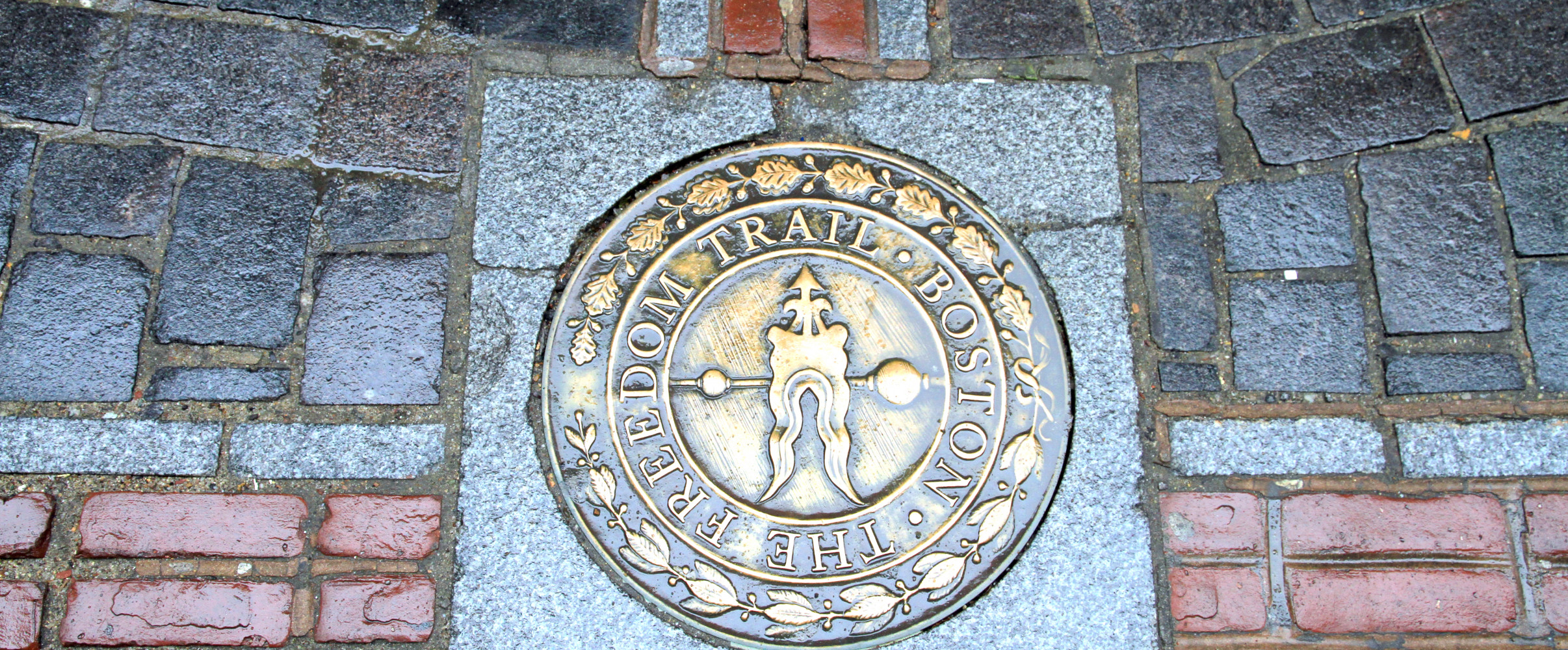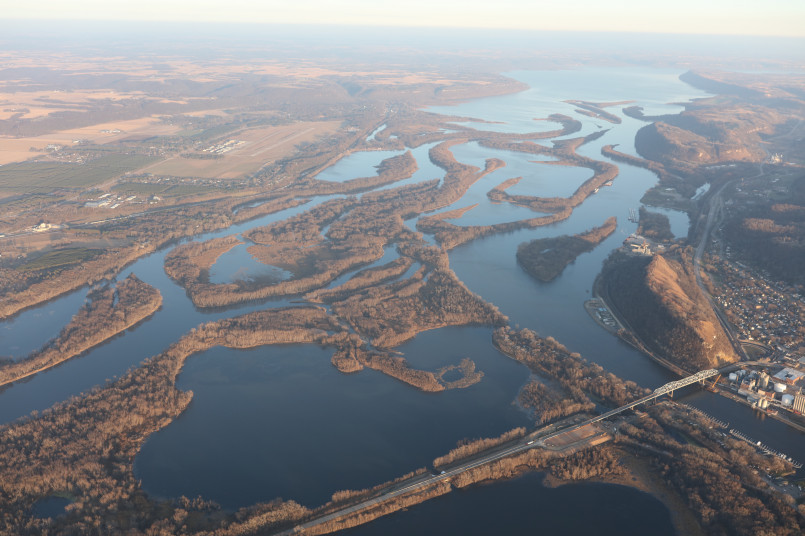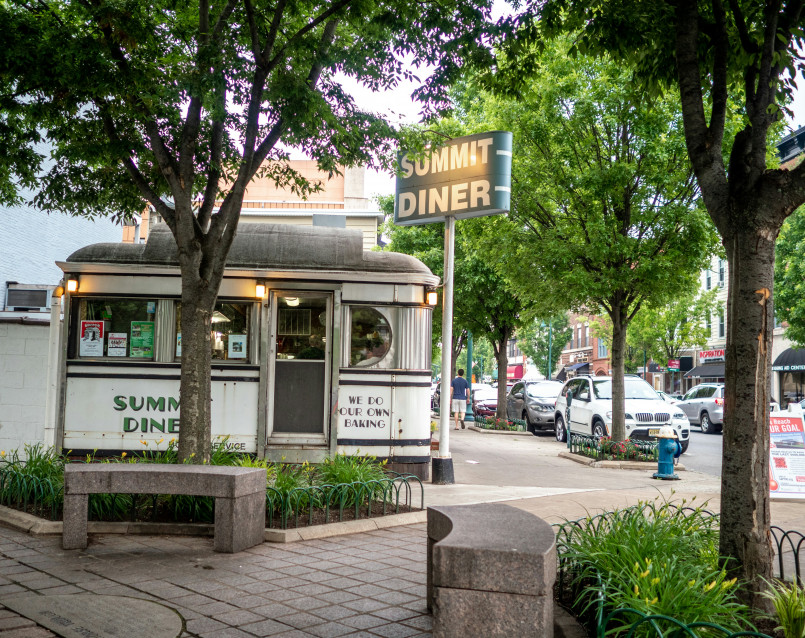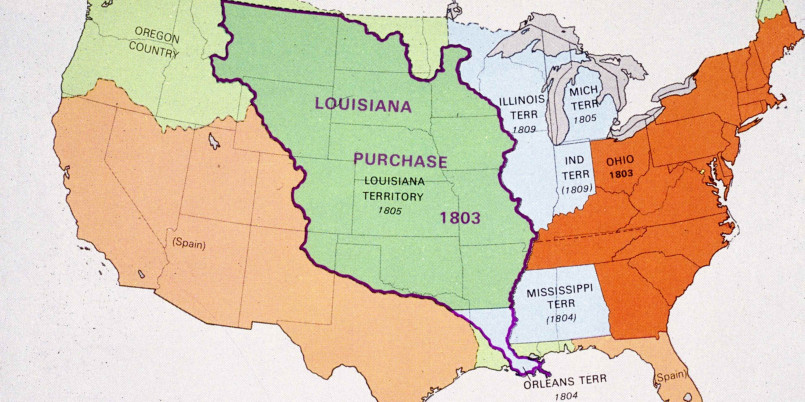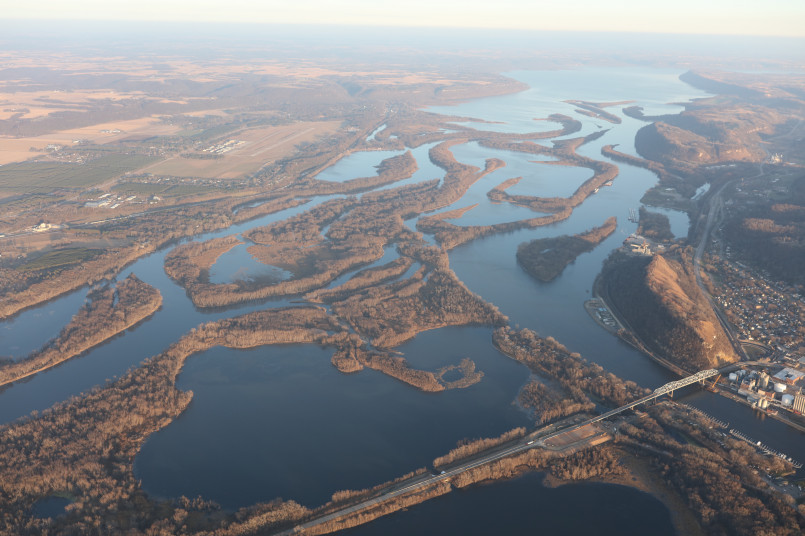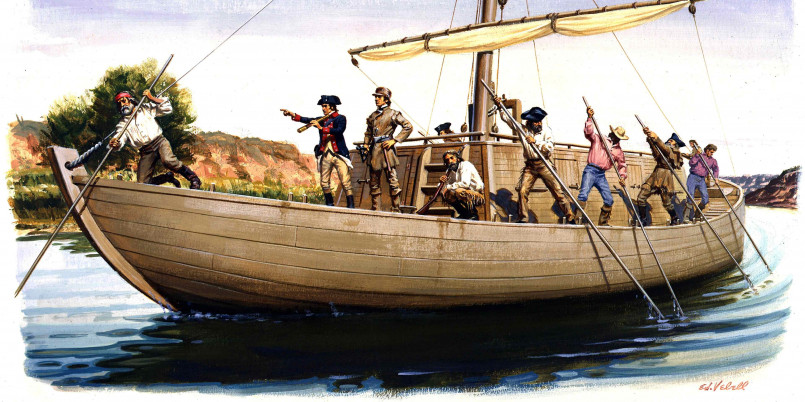America's cities hold centuries of stories that shaped the nation we know today. From colonial settlements to revolutionary battlegrounds, these ten cities preserve the richest tapestry of American history through their architecture, landmarks, and living traditions.
American history is preserved not just in textbooks but in the streets, buildings, and cultural fabric of its oldest cities. From colonial settlements to centers of revolution, these urban landscapes tell the story of a nation's birth and growth. Each of the following cities represents a unique chapter in America's historical narrative, with preserved architecture, monuments, and traditions that continue to educate and inspire visitors today.
While many American cities have historical significance, these ten stand out for the depth, breadth, and preservation of their historical contributions. Walking their streets is like stepping through the pages of American history.
Boston, Massachusetts
Boston stands as America's quintessential revolutionary city. Founded in 1630, it quickly became a hotbed of colonial resistance to British rule. The city's 2.5-mile Freedom Trail guides visitors through 16 historical sites including the Old North Church where the famous "one if by land, two if by sea" signal was displayed, and Faneuil Hall, known as the "Cradle of Liberty."
The city witnessed pivotal events like the Boston Massacre and the Boston Tea Party, which pushed the colonies toward revolution. Boston's historical significance extends beyond the revolutionary period through its educational institutions - Harvard University, founded in 1636, remains America's oldest university.
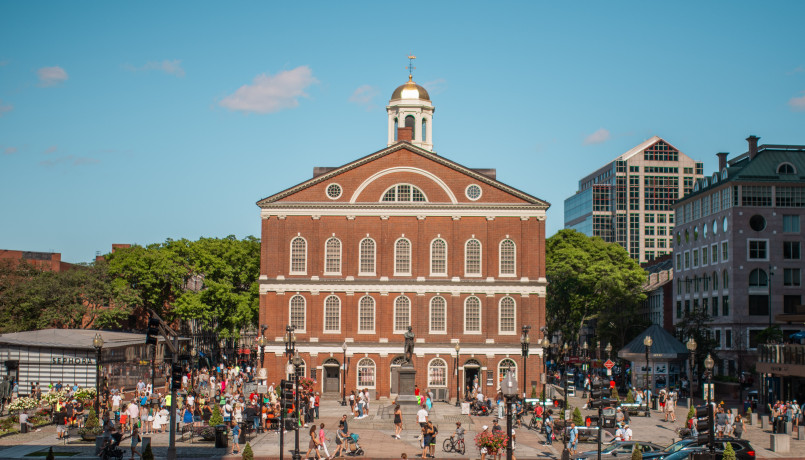
Modern Boston masterfully blends preservation with progress, maintaining historical architecture alongside contemporary developments. The city's distinct neighborhoods, from Beacon Hill with its narrow, gas-lit streets to the North End's Italian-American heritage, each tell their own chapter of Boston's rich history.
Philadelphia, Pennsylvania
Philadelphia served as the birthplace of American democracy. Within Independence Hall, both the Declaration of Independence and U.S. Constitution were debated and signed, fundamentally shaping the nation's identity. The city's historical landmarks include the Liberty Bell, a symbol of American independence, and Independence Hall, a UNESCO World Heritage site.
As the young nation's first capital, Philadelphia hosted the First and Second Continental Congresses. The city's historical significance includes being home to America's first hospital, library, stock exchange, and zoo. Philadelphia's grid-like layout, designed by William Penn in 1682, became influential in American urban planning.

The city's historical districts, particularly Old City and Society Hill, preserve Colonial and Federal-period architecture. Museums like the Museum of the American Revolution and the National Constitution Center provide deep explorations of the nation's founding principles and struggles.
Charleston, South Carolina
Founded in 1670, Charleston represents one of America's oldest and most well-preserved colonial cities. Its Historic District contains over 1,400 historic buildings, many dating from the 18th and 19th centuries. The city's distinctive architecture includes colorful Rainbow Row and elegant antebellum mansions with characteristic side piazzas designed to catch coastal breezes.
Charleston's history encompasses complex and often painful chapters of American history. As a major port for the Atlantic slave trade, the city was central to the plantation economy. The first shots of the Civil War were fired at Fort Sumter in Charleston Harbor in 1861, marking the beginning of America's bloodiest conflict.

Today, the city embraces preservation while acknowledging its complicated past. The Old Slave Mart Museum examines the human cost of slavery, while the Gullah culture celebrates the distinctive African American heritage that evolved in the South Carolina Lowcountry. Charleston's cobblestone streets, hidden gardens, and historic churches continue to transport visitors back to America's colonial and antebellum periods.
New Orleans, Louisiana
Unlike any other American city, New Orleans represents a unique cultural melting pot shaped by French, Spanish, African, Caribbean, and American influences. Founded in 1718 by the French, then ruled by Spain before becoming part of the United States through the Louisiana Purchase in 1803, the city's diverse history is evident in its architecture, cuisine, music, and traditions.
The French Quarter (Vieux Carré) stands as America's oldest intact neighborhood, featuring Spanish colonial architecture with characteristic wrought-iron balconies and hidden courtyards. Beyond architecture, New Orleans contributed profoundly to American culture, particularly as the birthplace of jazz in the early 20th century.

The city's unique cultural traditions include Mardi Gras celebrations dating back to the 18th century, distinctive Creole and Cajun cuisines, and funeral traditions that transform mourning into celebration with second-line parades. New Orleans also has a complex history related to slavery and race relations, with Congo Square serving as a historic gathering place where enslaved Africans were permitted to celebrate their cultural traditions.
Santa Fe, New Mexico
Santa Fe claims the title of America's oldest capital city, established around 1610 by Spanish colonists. The city represents North America's oldest continuously inhabited European settlement west of Florida. Its distinctive adobe architecture creates an otherworldly cityscape unlike any other American urban center.
Santa Fe's Palace of the Governors, built in 1610, stands as the oldest continuously occupied public building in the United States. The city's rich history encompasses Native American settlements, Spanish colonial rule, Mexican governance, and finally American territorial status before New Mexico achieved statehood in 1912.
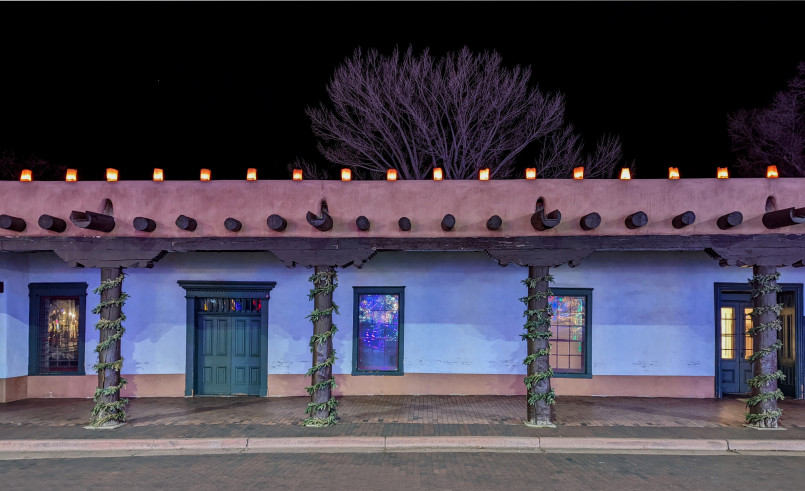
The city's tri-cultural heritage - blending Native American, Hispanic, and Anglo American influences - remains evident in its art, cuisine, architecture, and traditions. Santa Fe's vibrant Native American artisan market outside the Palace of the Governors continues centuries-old trading traditions. The nearby pueblos, particularly the UNESCO World Heritage Site at Taos Pueblo, represent some of North America's oldest continuously inhabited communities.
New York City, New York
While modern New York evokes skyscrapers and bustling commerce, the city's history reaches back to its 1624 founding as a Dutch trading post named New Amsterdam. After British acquisition in 1664, New York served as the first capital of the United States from 1785 to 1790, where George Washington was inaugurated as the first president at Federal Hall.
The city's historical significance encompasses its role as America's primary immigration gateway. Ellis Island processed over 12 million immigrants between 1892 and 1954, fundamentally shaping American demographics and culture. The Statue of Liberty, dedicated in 1886, became an enduring symbol of American freedom and opportunity.

New York's historical layers remain visible throughout the five boroughs. Lower Manhattan's winding streets follow 17th-century Dutch patterns. The African Burial Ground National Monument preserves the remains of one of America's earliest and largest African American cemeteries. Historic neighborhoods like Greenwich Village and Brooklyn Heights showcase various architectural periods, while monuments from the Federal Hall National Memorial to Grant's Tomb connect visitors to pivotal moments in American history.
Savannah, Georgia
Savannah represents America's first planned city, established in 1733 by General James Oglethorpe with a distinctive grid pattern organized around public squares. Today, 22 of the original 24 squares remain, creating one of America's largest National Historic Landmark Districts. The city's historic district spans 2.5 square miles of preserved architecture representing Federal, Victorian, and Gothic styles.
As Georgia's first capital, Savannah played important roles in both the Revolutionary and Civil Wars. During the Revolution, it fell to British forces in 1778 and was later reclaimed. In the Civil War, Union General William Sherman famously spared Savannah from destruction during his March to the Sea, presenting the city as a "Christmas gift" to President Lincoln in 1864.
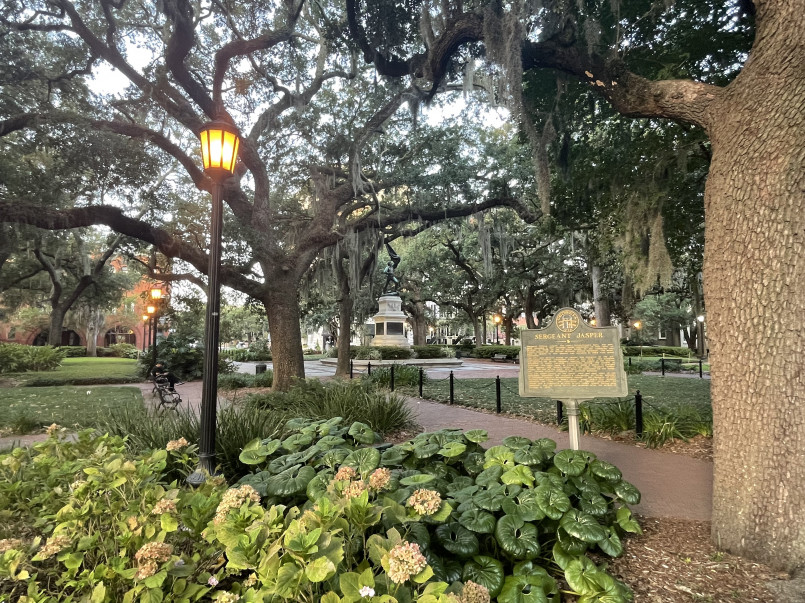
The city's distinctive Southern character emerges through its Spanish moss-draped oak trees, garden-like squares, and historic mansions. Important historical sites include the Owens-Thomas House, Mercer-Williams House, and Forsyth Park. Savannah's port history, African American heritage sites like the First African Baptist Church (established in 1773), and its literary connections through works like "Midnight in the Garden of Good and Evil" add further dimensions to its historical significance.
San Antonio, Texas
San Antonio's history stretches back to Spanish colonial missions established in the early 18th century. The city's most famous historical site, The Alamo, originally Mission San Antonio de Valero, became the legendary battleground where Texian defenders made their last stand against Mexican General Santa Anna's forces in 1836 during the Texas Revolution. The battle cry "Remember the Alamo!" became a pivotal rallying point in Texas history.
Beyond the Alamo, San Antonio preserves four additional Spanish colonial missions along the San Antonio River, collectively designated as a UNESCO World Heritage Site in 2015. These missions - Concepción, San José, San Juan, and Espada - represent the largest concentration of Spanish colonial missions in North America.

The city's River Walk (Paseo del Rio), while modern in its current form, follows the natural path of the San Antonio River that first attracted settlement to the area. San Antonio's distinctive culture reflects its position at the crossroads of Tejano, Mexican, and American influences. La Villita Historic Arts Village preserves one of the city's oldest neighborhoods, while the Spanish Governor's Palace dates to the Spanish colonial period.
St. Augustine, Florida
St. Augustine holds the distinction of being the oldest continuously occupied European settlement in the United States, founded by Spanish explorers in 1565. This predates Jamestown, Virginia by over 40 years and the arrival of the Pilgrims at Plymouth Rock by 55 years. The city's historic district preserves Spanish colonial architecture alongside buildings from the subsequent British, Spanish, and American periods.
The imposing Castillo de San Marcos, built between 1672 and 1695, stands as the oldest masonry fort in the continental United States. Constructed from coquina (a local shellstone), the fort withstood numerous attacks and changed hands between Spanish, British, and American control throughout its history.
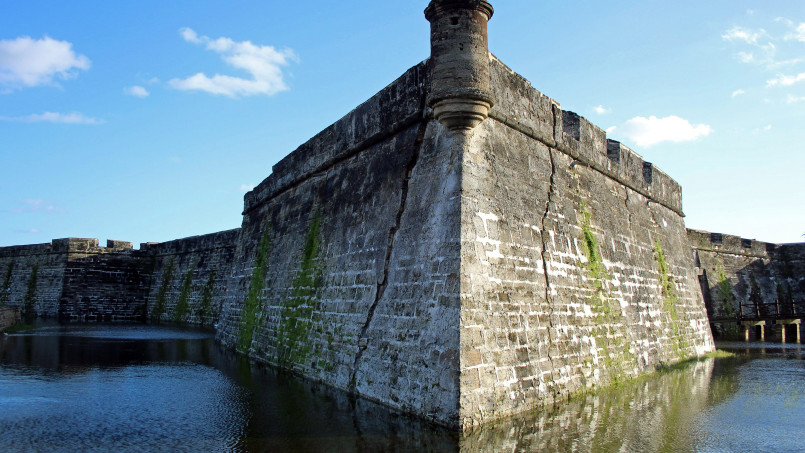
Beyond European heritage, St. Augustine connects to African American history through Fort Mose, established in 1738 as the first legally sanctioned free Black settlement in what would become the United States. The city's Flagler Era during the late 19th century brought gilded-age grandeur through the efforts of Standard Oil co-founder Henry Flagler, who built the opulent Ponce de León Hotel (now Flagler College) and transformed the city into a winter resort for the wealthy.
Williamsburg, Virginia
Williamsburg served as Virginia's colonial capital from 1699 to 1780, representing the political, cultural, and educational center of Britain's largest American colony. Today, Colonial Williamsburg stands as the world's largest living history museum, with 301 acres encompassing 88 original 18th-century structures and hundreds of reconstructed buildings.
The city witnessed pivotal pre-revolutionary debates, including Patrick Henry's famous "Give me liberty or give me death" speech at the Capitol. Williamsburg's historical significance extends to education through The College of William & Mary, founded in 1693 as America's second-oldest college and alma mater to Thomas Jefferson, James Monroe, and John Tyler.
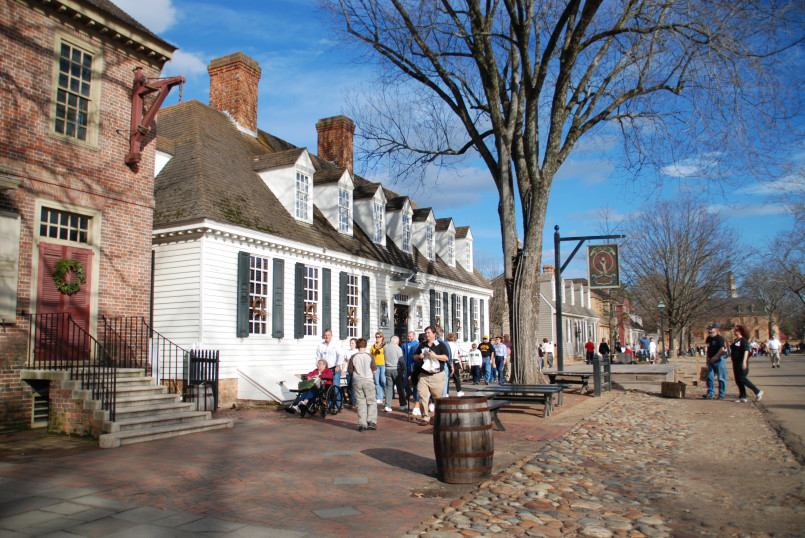
Unlike other historical cities that evolved organically, Colonial Williamsburg represents a deliberate restoration project begun in the 1920s through the vision and funding of John D. Rockefeller Jr. Today, costumed interpreters demonstrate colonial crafts, trades, and daily life, bringing history to vivid life. Williamsburg forms part of Virginia's "Historic Triangle" along with nearby Jamestown (America's first permanent English settlement, 1607) and Yorktown (site of the decisive Revolutionary War battle in 1781).
Frequently Asked Questions About 10 American Cities With the Richest History - Historic Treasures Revealed
Which American city has the oldest European settlement history?
St. Augustine, Florida is recognized as the oldest continuously occupied European settlement in the United States, founded by Spanish explorers in 1565. This predates Jamestown, Virginia by over 40 years and the arrival of the Pilgrims at Plymouth Rock by 55 years.
What is the significance of Boston's Freedom Trail?
Boston's Freedom Trail is a 2.5-mile walking route that connects 16 significant historical sites related to the American Revolution. It includes landmarks such as the Old North Church, Boston Massacre site, Paul Revere's House, and Faneuil Hall. The trail effectively tells the story of America's fight for independence through preserved buildings and monuments.
Why is Philadelphia called the birthplace of American democracy?
Philadelphia earned this title because both the Declaration of Independence and the U.S. Constitution were debated and signed at Independence Hall. The city served as the meeting place for the First and Second Continental Congresses and was the first capital of the United States from 1790 to 1800. Philadelphia is where the foundational principles and governing documents of American democracy were created.
What makes New Orleans' history different from other American cities?
New Orleans stands apart due to its unique cultural blend resulting from French, Spanish, African, Caribbean, and American influences. Unlike most American cities with primarily British colonial roots, New Orleans developed with strong French and Spanish colonial foundations. This is evident in its distinctive architecture, cuisine (Creole and Cajun), music (birthplace of jazz), and traditions like Mardi Gras. The city's history includes periods of French rule (1718-1763), Spanish control (1763-1801), brief French return, and finally American ownership after the Louisiana Purchase in 1803.
Is Colonial Williamsburg a real historic city?
Colonial Williamsburg is both historic and reconstructed. It was Virginia's colonial capital from 1699 to 1780 and includes 88 original 18th-century structures. However, much of what visitors see today is the result of a massive restoration project begun in the 1920s by John D. Rockefeller Jr. The site functions as a living history museum where buildings have been meticulously reconstructed based on archaeological evidence and historical documents, and costumed interpreters demonstrate colonial-era crafts and daily life.
When is the best time to visit these historical cities?
Spring (April-May) and fall (September-October) typically offer the most pleasant weather and fewer crowds across most of these historical cities. Summer brings full programming at living history sites like Colonial Williamsburg but also heat, humidity, and peak crowds. Some cities have specific events worth planning around: Philadelphia and Boston for Fourth of July celebrations, New Orleans during Mardi Gras (February/March), Charleston during spring garden tours, and Colonial Williamsburg during Christmas season for special historical holiday programs.
